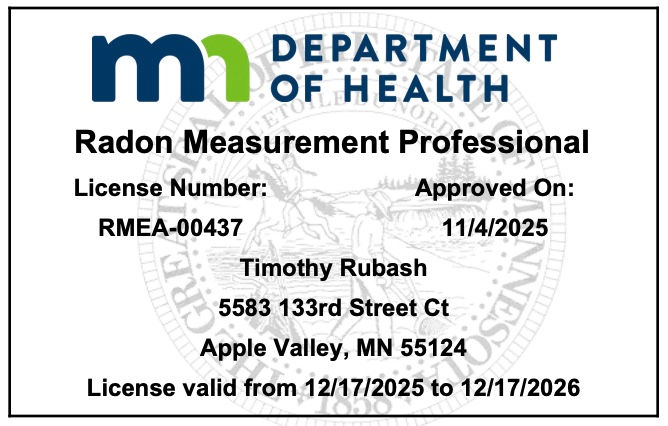Fireplace Maintenance
- timrubash
- Jan 4, 2024
- 2 min read
Updated: Jun 6
Few things evoke a cozy ambiance like a crackling fireplace during chilly evenings. However, ensuring the safety and longevity of your fireplace requires more than just kindling and logs. Whether you have a traditional wood-burning hearth or a modern gas fireplace, understanding the nuances of operation, safety, and maintenance is crucial.
Wood-Burning Fireplaces: The Timeless Warmth
Operation
Proper Ventilation Before lighting a fire, ensure the damper is fully open to allow adequate airflow. This prevents smoke from backing up into your home.
Quality Firewood Choose seasoned hardwoods like oak or maple, as they burn cleaner and produce less creosote buildup.
Small Fires Avoid overloading the fireplace with excessive wood. Smaller, well-managed fires generate less smoke and provide consistent warmth.
Safety Measures
Regular Inspections Schedule annual chimney inspections to identify creosote buildup or potential issues. A professional chimney sweep can remove creosote, reducing the risk of chimney fires.
Spark Guards Use a mesh spark guard to prevent embers and sparks from escaping the fireplace and igniting nearby surfaces.
Keep Clear Surroundings Maintain a safe zone around the fireplace, free from flammable materials like curtains or furniture.
Maintenance Tips
Clean Ashes Remove ashes regularly to maintain proper airflow. Allow a small layer of ash to remain to insulate hot coals.
Chimney Cap Install a chimney cap to prevent debris, animals, and rain from entering. This protects the chimney’s structure and enhances safety.
Repair Cracks Check for any cracks in the chimney or fireplace structure. Cracks can compromise safety and should be repaired promptly.
Gas Fireplaces: Modern Convenience with Safety in Mind
Operation
Follow Manufacturer’s Guidelines Adhere to the manufacturer’s instructions for lighting and operating your gas fireplace. Each model may have specific requirements.
Ventilation Check Ensure that the venting system is in good condition. Gas fireplaces vent directly outside, and any blockages can lead to the accumulation of harmful gases.
Regular Inspections Schedule annual professional inspections to check for gas leaks, inspect the burner, and ensure proper functionality.
Safety Measures
Carbon Monoxide Detectors Install carbon monoxide detectors near the fireplace and in sleeping areas. Gas fireplaces, while efficient, produce combustion byproducts that need proper venting to the outside.
Childproof Controls If your gas fireplace has remote controls or buttons, ensure they are out of reach of children to prevent accidental operation.
Maintenance Tips
Clean the Glass Gas fireplace glass can accumulate residue over time. Use a mild glass cleaner to keep it clear, ensuring a beautiful flame display.
Inspect Gas Lines Periodically check gas lines for leaks. If you notice a gas smell, turn off the fireplace, ventilate the area, and contact a professional immediately.
Professional Maintenance While gas fireplaces require less maintenance than wood-burning ones, it’s crucial to have a professional inspect and service the unit annually.
By following these guidelines, you can enjoy the comforting glow of your fireplace while minimizing risks and maximizing its lifespan. So, stoke the fire, embrace the warmth, and let your fireplace become the heart of your home, radiating both heat and safety.






Comments